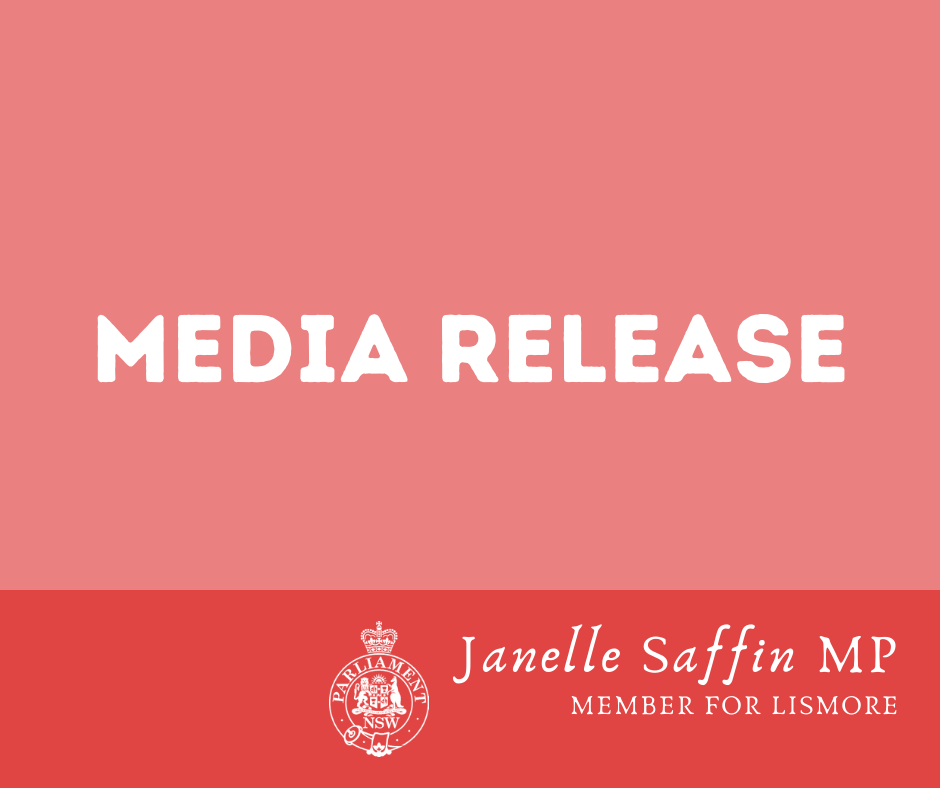THE Minns Labor Government has determined the future of nine flood buyback houses in Lismore, formerly occupied by squatters, following a detailed assessment of the properties by the NSW Reconstruction Authority.
Four of the houses will be relocated, four demolished, and one repurposed for social housing.
The houses were purchased under the landmark Resilient Homes Program (RHP), marking an important step in the region’s recovery from the catastrophic 2022 floods.
After the eviction of the illegal occupants in August, the NSW Reconstruction Authority commissioned several independent assessments of the houses, assessing hazardous contamination, property condition, structural integrity and their ability to be relocated.
Assessments found that the houses at 31, 35, 60, and 62 Pine Street are in very poor condition, structurally unsound, and not suitable for relocation, so will be demolished.
As part of the works program, hazardous materials such as asbestos are being carefully managed and removed by licensed contractors, this week, in line with NSW SafeWork and Environment Protection Authority (EPA) requirements. Asbestos removal is already underway this week.
The relocation of four houses – 70 Pine Street, 64 Pine Street, 166-172 Lake Street and 15 Little Keen Street – to a holding yard will start on Monday, 29 September and take approximately two weeks.
The houses will be then become part of a future batch of the highly successful buyback auction program which has seen 80 properties find new owners in the region.
A previously illegally occupied home in Mullumbimby has been assessed as suitable for use as a residence and will be repurposed for social housing, providing safe and secure accommodation for those in need.
The Minns Labor Government is committed to relocating, recycling and reusing buyback homes wherever possible as part of the $880 million Resilient Homes Program. Contractors engaged in demolition are required to recycle in line with industry standards and reduce landfill disposal.
Materials that can be reused, like timber, metal, concrete and garden waste, are sent to appropriate recycling facilities. More than 70 per cent of these materials have been recycled to date. Homeowners also have the option to reuse parts of their home before demolition begins.
Minister for Recovery Janelle Saffin said:
“The Resilient Homes Program is one of the largest recovery initiatives of its kind ever undertaken in Australia and of course has presented a number of challenges.
“But also opportunity for these flood-impacted houses and land to find a new purpose that creates a safer and more resilient community.”
Executive Director Reconstruction, Kristie Clarke said:
“The removal of these homes is a significant step in reducing risk, while also ensuring that works are carried out safely, responsibly and in partnership with the community.”
“RA remains committed to supporting flood-affected communities and will continue to work in partnership with local councils, and other NSW government agencies to ensure recovery efforts are carried out lawfully, safely, and with a long-term focus on community resilience.”
Background on each property scheduled for demolition:
31 Pine Street: A three-storey home in poor condition. Independent reports found the building structurally compromised and not relocatable.
35 Pine Street: A raised three-storey home in very poor condition. Independent assessment confirmed the structure is unsound and not suitable for relocation.
60 Pine Street: A slab-on-ground home with a brick base, assessed to be in very poor condition. The structure is not suitable for relocation.
62 Pine Street: Also in very poor condition, with independent assessments confirming the home is structurally unsound and not fit for relocation.

